David McFall R.A. (1919 - 1988)
Sculptor
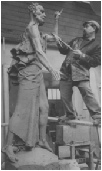
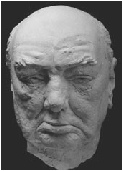
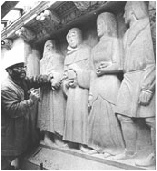
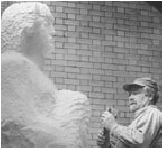

|
1939/1 Kneeling girl |
1942/1 Bull Calf |
|
1948/2 "Mankind" |
1949/2 Birth of Venus |
|
1949/4 "Posthumous Portrait" |
1949/5 Alabaster Hawk |
|
1950/1 Susanna Observed |
1950/4 Pair of Finials |
|
1950/5 Zodiac |
1950/5 Zodiac |
|
1950/7 "Svea" |
1950/6 Alabaster Salmon |
|
1950/8 Torso of a girl |
1951/1 Boy & Foal |
|
1951/1 Boy & Foal |
1951/1 Boy & Foal |
|
1953/1 Matina |
1954/1 Mrs. Louis Rose |
|
1956/3 Mourning Figure |
1956/9 Work on Epstein's statue at TUC |
|
1957/2 Standing fragment of a child |
1958/3 Air Ministry |
|
1958/3 Air Ministry |
1958/3 Air Ministry |
|
1962/1 1st Earl of Balfour KG OM |
1962/1 1st Earl of Balfour KG OM |
|
1965/2 The Thames Ditton Crucifixion |
1965/2 The Thames Ditton Crucifixion |
|
1969/2 Stone Friezes (3) |
1969/2 Stone Friezes (3) |
|
1969/2 Stone Friezes (3) |
1969/2 Stone Friezes (3) |
|
1972/5 Oedipus & Jocasta |
1972/5 Oedipus & Jocasta |
|
1973/6 Memorial to Sir Gerald Festus Kelly KCVO |
1984/1 Alabaster head of his daughter |
Click on the photo for more information
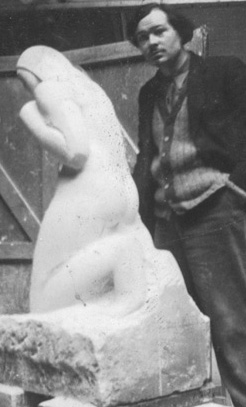

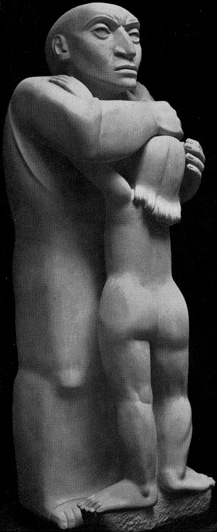
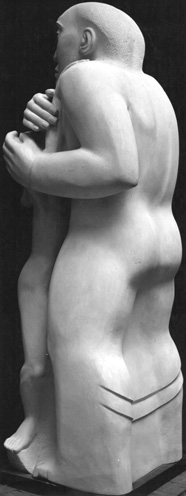
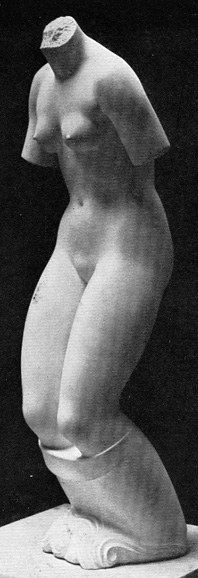
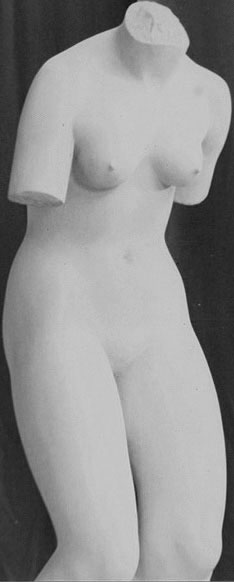
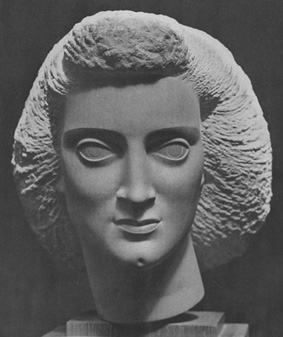
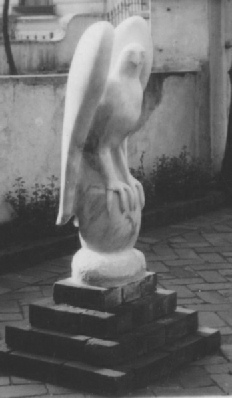


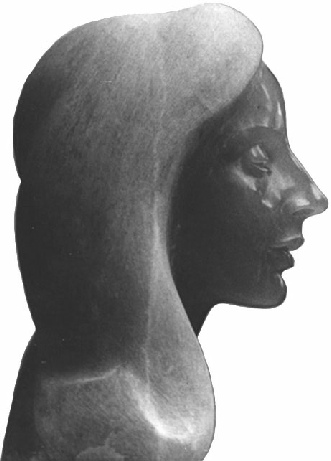

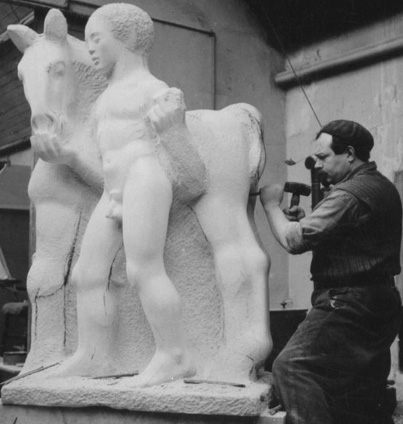
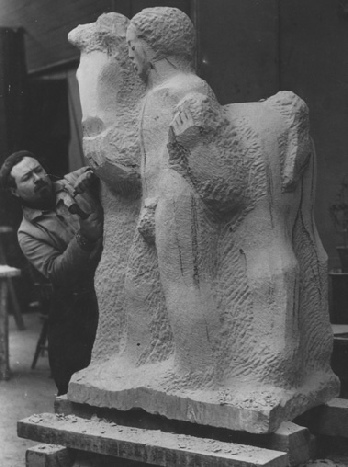

“But the greatest satisfaction comes not in modelling but in carving stone direct. There’s nothing to compare with the act of cutting stone. You see in your mind’s eye what you’re going to cut and to achieve it, and the physical feeling of entering the stone and contact with it, really is the ultimate joy. When you carve a piece of stone it explodes ahead of the chisel and the form is cleared instantaneously, you just have to blow it with a bellows or sweep it with a brush. You find that people who work with stone are special types, there’s something reliable and peaceful about them. That’s true even now if you go into somewhere like a stone quarry. I caught the discipline of pierre- directe from Eric Gill, who taught me when I was a student at Birmingham. He was a great direct carver. He didn’t believe in working from a model which had been prepared from a soft material. He’d say you’ll lose the quality of hardness which comes from cutting with a sharp tool. Carving is the opposite to modelling – you can take months or years to carve a block. You dream about it in the bath the night before. It’s a contemplative act and at the same time it’s highly physical so that at the end of a day’s carving you feel well satisfied.”
From David McFall – The Art of Portrait Sculpture.

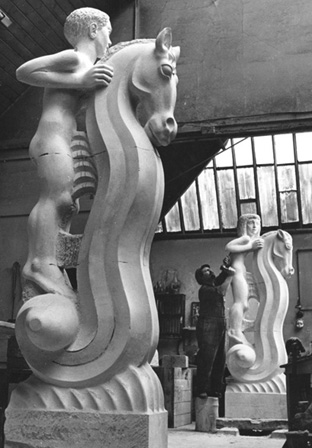

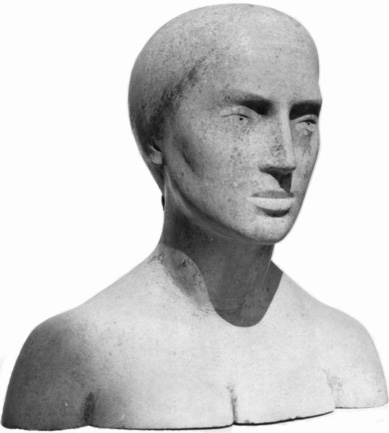



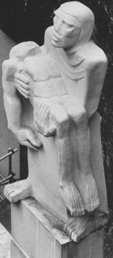
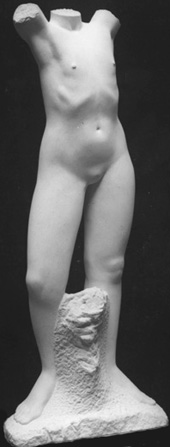
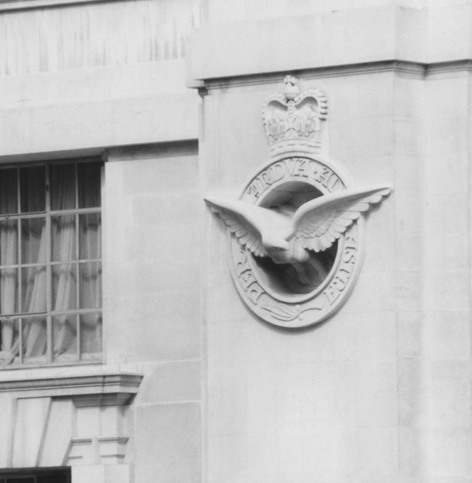

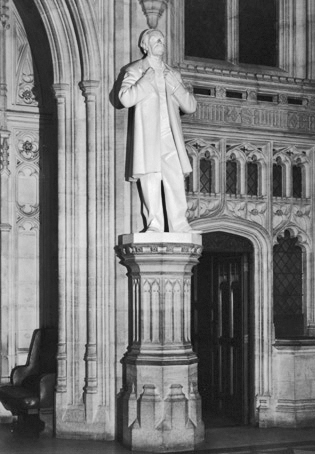


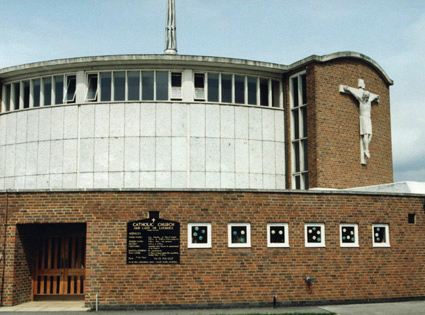
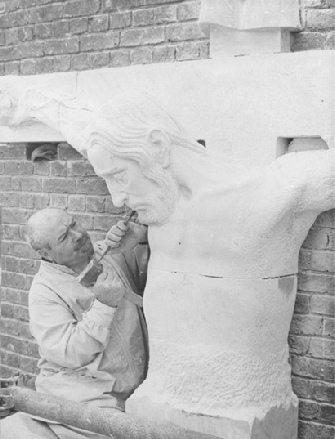
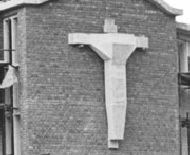
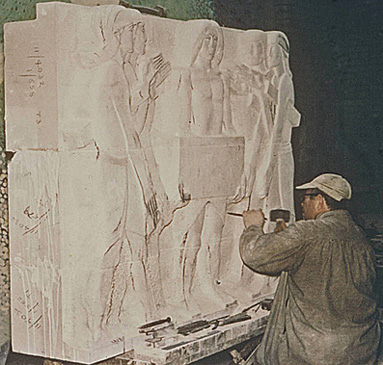

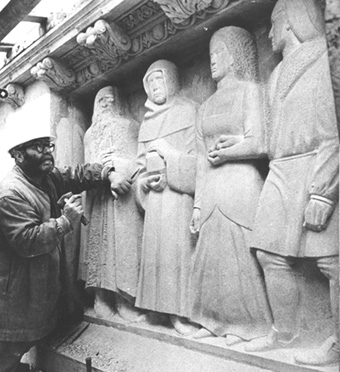


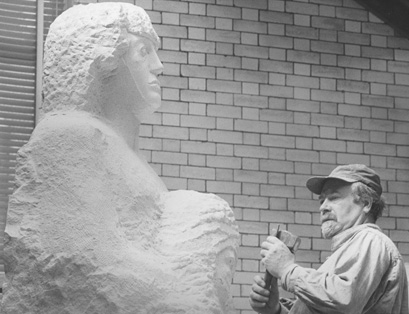

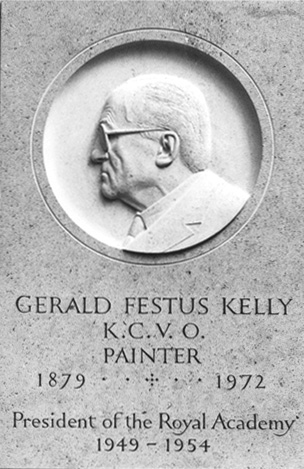
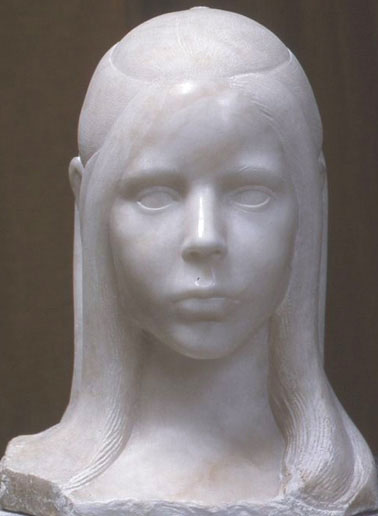
All rights reserved
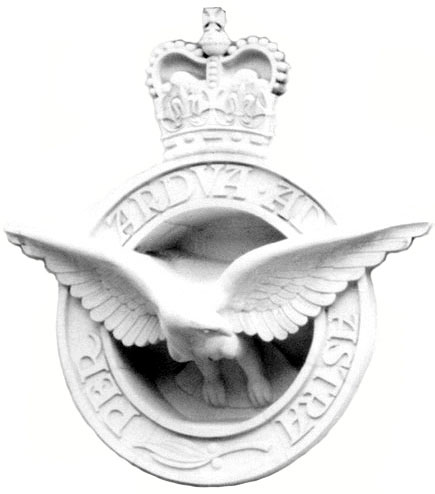
| Animals |
| Busts and Heads |
| Children |
| Churchill studies |
| Lettering |
| Medals coins plates |
| Reliefs |
| Stone carvings |
| Contemporary British Artists |
| On Epstein |
| Picasso |
| The art of portrait sculpture |
| Letters |
| Palliser |
| Son of Man |
| Press |
| Obituaries |
| Memorial address |